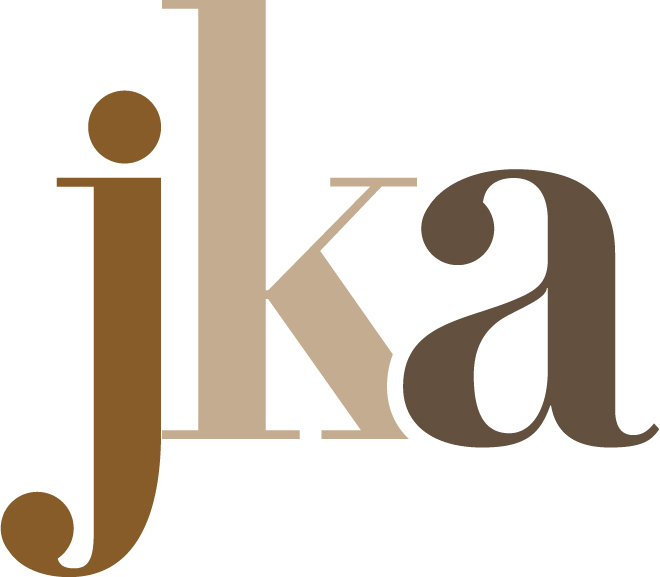With the official end of summer behind us, there are only a few short weeks left until the end of the year. Let’s also not forget there are also several holidays coming up. So, the action you take now will have significant impact on your 4th quarter sales, and possibility the start of 2016. If you are a certified MWBE in New York, here are my top five tips for ensuring a strong 4th quarter.
1.Reflect on the past three quarters: take a look at performance for the last three quarters, how are you marketing your MWBE certification? Where are you getting the best results? What are the results of recently submitted bids and proposals? What is working well, and what is not? Are there areas that you can improve on? What is your follow-up like? Where are areas that you are leaving money on the table? Taking this type of inventory will produce immediate results, providing you with the insight to create a strong focus for 4th quarter. Bottom line is that you need to focus on activities that will produce the best results.
2. Identify Agencies with Discretionary Spending Authority: NYS agencies can spend up to $200,000 with certified small, minority, women and veteran owned businesses. These opportunities are posted in the NYS Contract reporter, and on New York State’s website where forecasts of discretionary purchases are published every quarter. There are opportunities published right now for commodities and services in almost every industry that will close this quarter. I would also suggest looking at NYC Agencies for micro/small purchases – this information can be found by visiting individual NYC agency websites and contacting procurement officials.
3. Cultivate Relationships Government Buyers & Prime Contractors: create a plan to make personal connections with people who can influence your bottom line. This is really about strategic networking, identifying the right people and finding ways that you can bring value to the relationship. The next big opportunity to connect with government buyers and prime contractors from NYC, NYS will be athe the NYS MWBE Forum on October 1 and 2nd. http://www.nysmwbeforum.org/meet-government.html. If you are a certified MWBE – you should be there, and you should be thinking about who you need to connect with, when and how. Forget about running around handing out capability statements – let’s focus on effective networking and adding value.
4. Consistent & Effective Communication with Your Target Audience: it’s important to consider what it the best way that you can add value and stay in touch with your target audience. A strategy that has worked very well for our clients is the use of well-designed email marketing templates with links to our client’s website, capability statement, case studies, examples of on the job performance, and certifications followed by a combination of direct mail, social media and telemarketing campaigns. The key to success is knowing your target audience, and consistently creating content that has meaning for them.
5. Follow-Up: it’s amazing how much time people spend on marketing, networking and bidding but yet they have no systems in place for follow-up. This is not a judgement by the way; it’s the reality for many small business owners (including myself at one time). You can dramatically increase your bottom line by implementing a system for following up. For many of our MWBE clients, we’ve implemented “Marketing Mondays”, it’s a full day or half day of nothing but follow-up, making calls, sending emails, checking in with prospects and influencers, and following up on bids and proposals. Last week alone, this exercise resulting in closing six new deals worth several hundred thousand dollars. This would not have happened without Marketing Mondays.
Last, but not least, if you intend to implement the suggestions above, it’s really important to create a goal and tie results to it. For example, today you could identify sales goal that you want to reach in December of 2015, and then tie specific activities and action to the goal. Empower your team by sharing the goal, delegating responsibilities and creating an environment of accountability.




